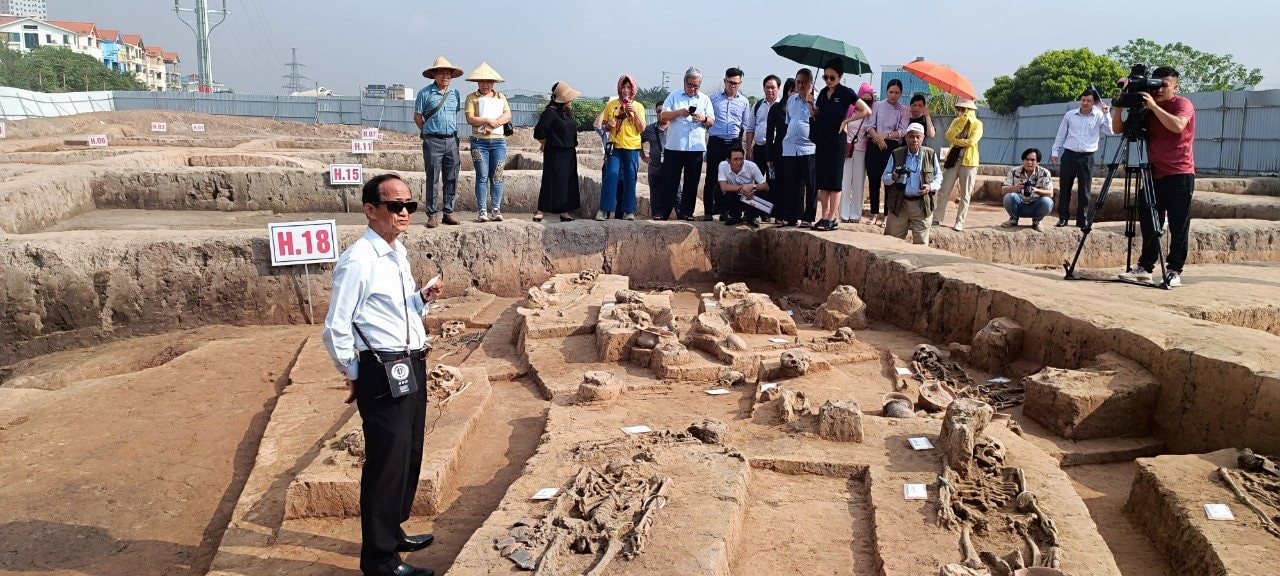
Strange bracelets
The discovery of this burial site is from the prehistoric period, about 3,500 years ago, the largest scale ever with more than 100 tombs. Many skeletons are still quite intact and the burial pottery right at the foot of the remains has revealed a lot of information to archaeologists, especially the custom of pulling out front teeth and wearing stone bracelets up to the elbow.
Associate Professor Dr. Nguyen Lan Cuong said he has been doing archaeology for 60 years but this is the first time he has seen a site with so many burials, especially some customs that are seen for the first time in Vietnam. Some skeletons, archaeologists found, were missing incisors number 2 and number 4, some skeletons had all their incisors pulled out. The way they wore bracelets was also very strange and unique.
“I have been doing archaeology for many years but have never seen people wearing stone bracelets above the elbow, or even on the upper arm. It is common in India, but this is the first time in Vietnam that such a custom has been seen,” said Associate Professor Dr. Nguyen Lan Cuong.
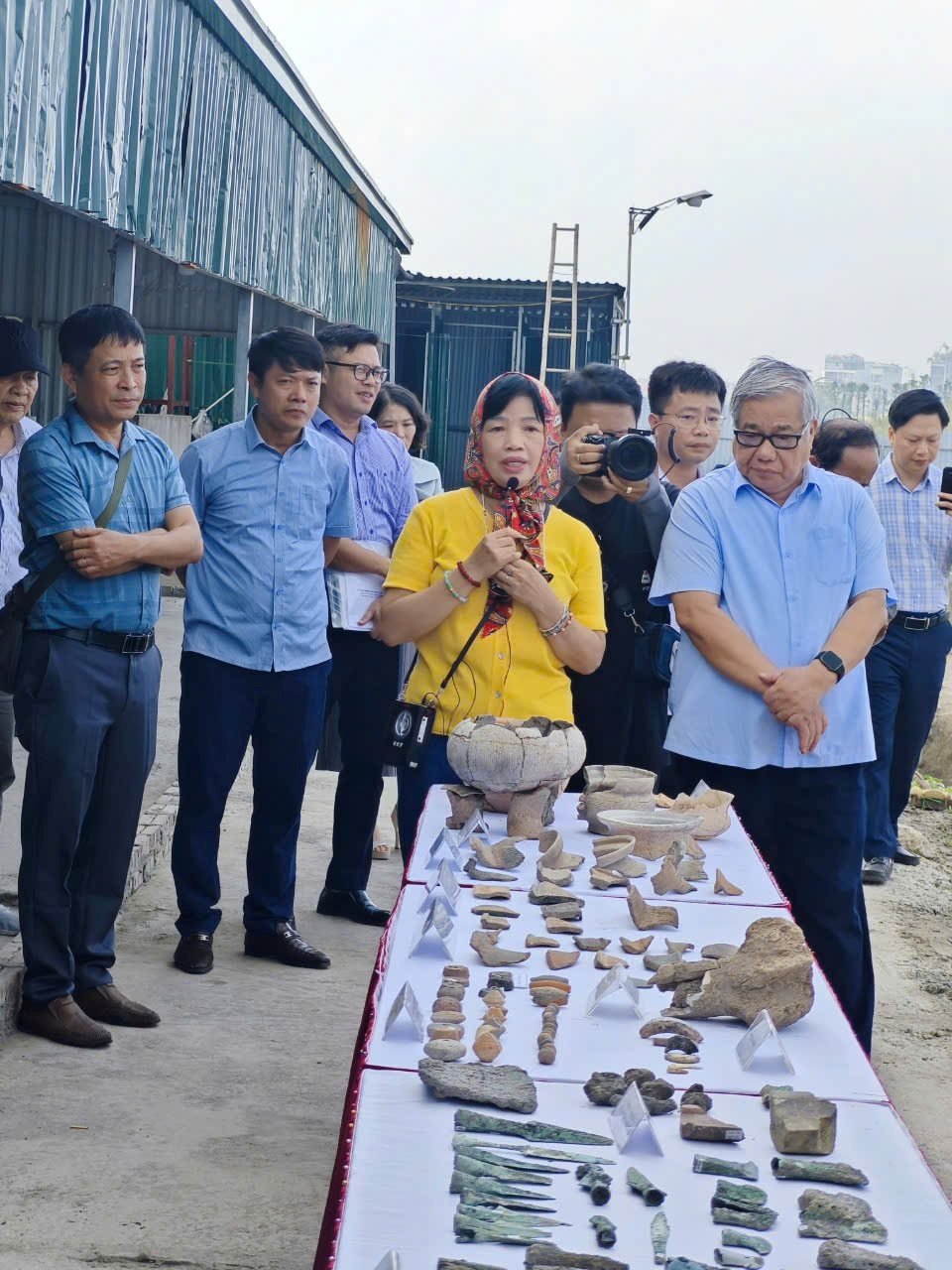
Sharing the same surprise, Prof. Dr. Lam My Dung (University of Social Sciences and Humanities - Hanoi National University) said that the excavated remains showed a very strange custom, which was the custom of pulling out the incisors in both the upper and lower jaws of people in the late Phung Nguyen period and early Dong Dau period. Therefore, we can compare with the remains in Xom Den, Man Bac, all of which are equivalent in age, that is, about 3,500 years ago.
Regarding the custom of wearing rings, according to Professor Dr. Lam My Dung, there are two customs of wearing rings: one is wearing rings before burial, and there are also cases where rings are placed on the ancestors after burial. These are also details that archaeologists pay close attention to.
Regarding the burial pottery at the foot of the remains, Mr. Cuong said that it will help archaeologists research which period they were from. For example, in a tomb, based on the burial pottery being Phung Nguyen or Dong Dau pottery, we can determine that this is the late Phung Nguyen period and early Dong Dau period.
However, Associate Professor Dr. Nguyen Lan Cuong said that all this information is only preliminary.
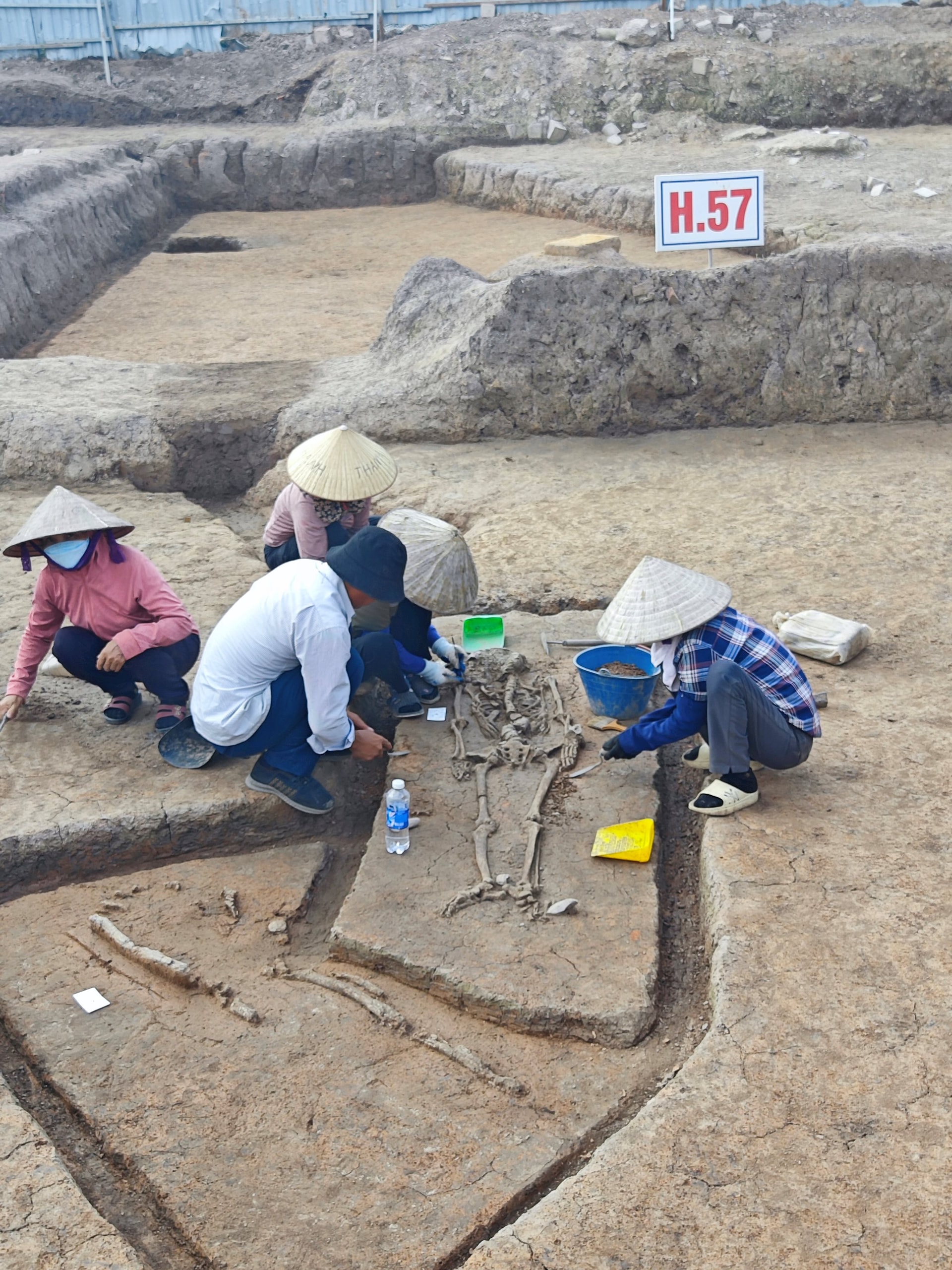
Architectural traces of the long house
In the archaeological relics this time, along with weapons, labor tools and many jewelry... traces of house architecture, the residence of ancient Vietnamese people in the pre-Dong Son period were also revealed. That is a series of holes for burying columns, found for the first time only in the Vuon Chuoi Relic Site, showing that ancient Vietnamese people seemed to have lived in long houses, with architecture like long houses in the Central Highlands.
Professor Dr. Lam My Dung said that researchers have reconstructed the structures of two long houses. The architecture of these long houses has many similar features to the long houses of the Central Highlands people today.
“Based on some initial artifacts, we can guess that in the pre-Dong Son period, there were two groups of tombs: the first group was the late Phung Nguyen, early Dong Dau, and the second group was the Dong Dau - Gon Mun tomb group. In a general rule, all of these pre-Dong Son tombs had burial pottery placed under the feet. There was only one tomb with pottery placed under the shoulders, so it is estimated that this tomb was from the Go Mun period,” said Prof. Dr. Lam My Dung, adding that excavations showed that the tombs here often followed a rule: the head was high and the feet were low.
Professor Dr. Lam My Dung also said that this is only a preliminary report, there are still many new tombs that have just been exposed, we have not continued to work on them. Therefore, there are still many mysteries lying underground, needing further research.
“This excavation shows the importance of the site with many cultural layers right next to Hanoi , in an area that is rapidly urbanizing,” said Prof. Dr. Lam My Dung, adding that post-excavation research is very important. We cannot excavate when we see artifacts and that is it. In the near future, there must be legal actions as well as the cooperation of the community and scientists so that we can preserve this archaeological site. Excavate, develop sustainable archaeology, and reserve resources for future generations.
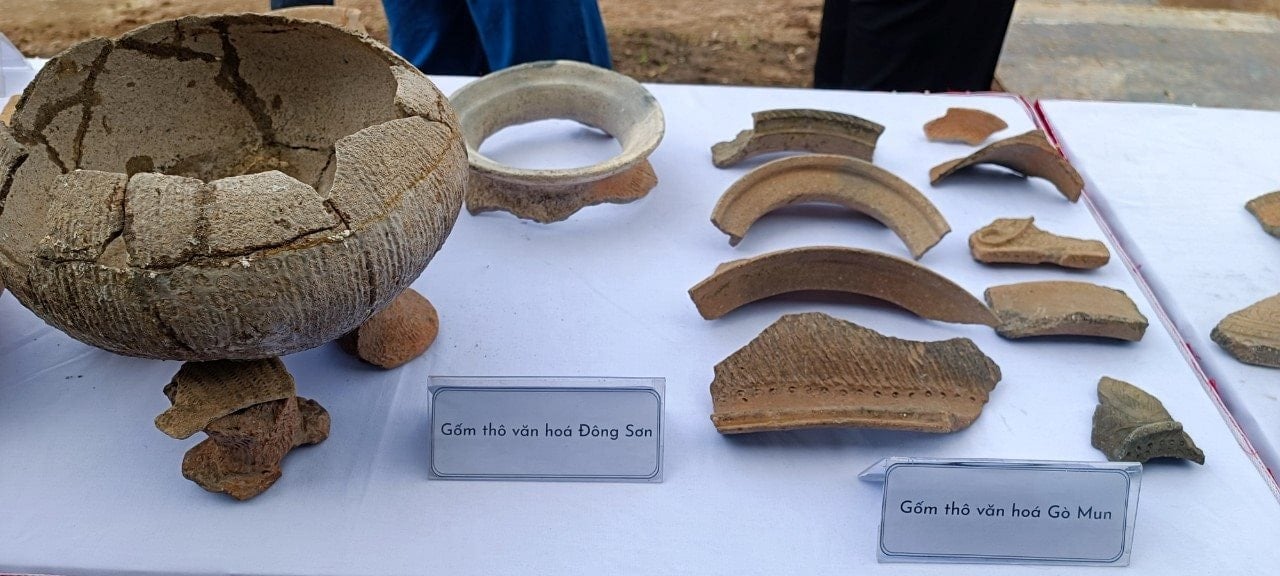
Heritage Park – Why Not?
The Banana Garden has been excavated 10 times so far. Through these excavations, researchers and archaeologists have also determined that people lived in this area. From the way people improved the ground, especially the daily life of the pre-Dong Son and Dong Son residents more than 3,000 years ago.
With such importance, the Vuon Chuoi site has received much attention from the community as well as scientists.
“For the first time in a long time, we have had an excavation site on a very large area, 6,000 m2, which can be said to be the dream of archaeologists, to identify an ancient village area with a history of over 3,000 years of occupation. With such a large area, we have identified many traces of living activities and traces of land reclamation as well as how environmental changes have affected human life,” shared Prof. Dr. Lam My Dung.
The Vuon Chuoi site was excavated in 1969, after many subsequent excavations, by 2021 it had been zoned for protection, and this excavation was the largest, affirming the particularly rare value of this site because it carries within it many stories spanning thousands of years of nation building, through four major cultures: Phung Nguyen, Dong Dau, Go Mun and Dong Son. Currently, besides Vuon Chuoi, the whole country only has Dong Dau relic in Phu Tho that still retains traces of this prehistoric period.
These excavation results have provided sufficient evidence to confirm that humans were present very early in the area of present-day Hanoi, that is, about 3,500 years ago.
At the conference reporting the results of the archaeological excavation at the Vuon Chuoi site on October 18, scientists affirmed the great value of this archaeological site and proposed plans for preservation and conservation, and must speed up the process of preparing a dossier to propose the site be classified as a city-level relic. Some scientists suggested that after the relic is classified, it is entirely possible to turn this place into an archaeological cultural park.
Source: https://daidoanket.vn/nhung-he-lo-bat-ngo-tu-di-chi-vuon-chuoi-10292633.html


![[Photo] General Secretary To Lam attends the 8th Congress of the Central Public Security Party Committee](https://vphoto.vietnam.vn/thumb/1200x675/vietnam/resource/IMAGE/2025/10/4/79fadf490f674dc483794f2d955f6045)



![[Photo] Solemn opening of the 8th Congress of the Central Public Security Party Committee, term 2025-2030](https://vphoto.vietnam.vn/thumb/1200x675/vietnam/resource/IMAGE/2025/10/4/f3b00fb779f44979809441a4dac5c7df)
![[Photo] Bustling Mid-Autumn Festival at the Museum of Ethnology](https://vphoto.vietnam.vn/thumb/1200x675/vietnam/resource/IMAGE/2025/10/4/da8d5927734d4ca58e3eced14bc435a3)


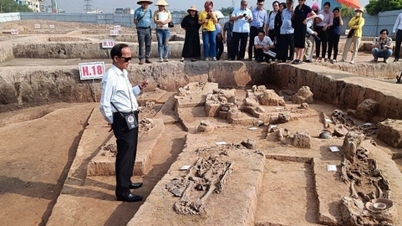



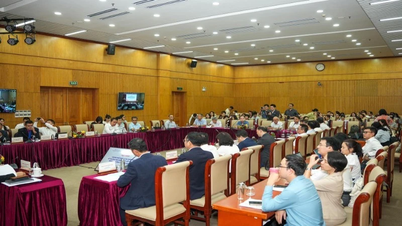













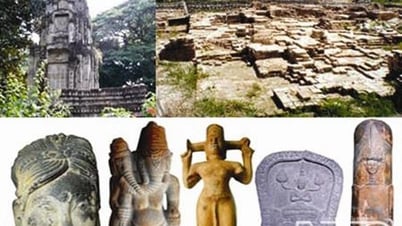
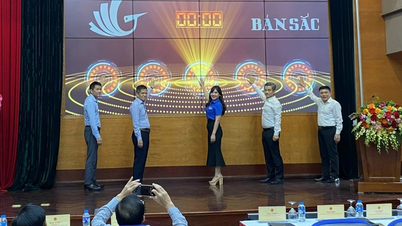

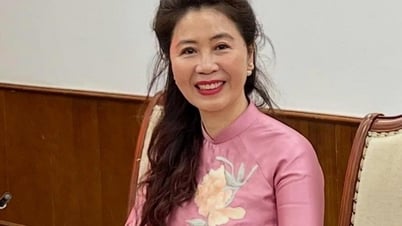





















![[VIDEO] Summary of Petrovietnam's 50th Anniversary Ceremony](https://vphoto.vietnam.vn/thumb/402x226/vietnam/resource/IMAGE/2025/10/4/abe133bdb8114793a16d4fe3e5bd0f12)
![[VIDEO] GENERAL SECRETARY TO LAM AWARDS PETROVIETNAM 8 GOLDEN WORDS: "PIONEER - EXCELLENT - SUSTAINABLE - GLOBAL"](https://vphoto.vietnam.vn/thumb/402x226/vietnam/resource/IMAGE/2025/7/23/c2fdb48863e846cfa9fb8e6ea9cf44e7)

















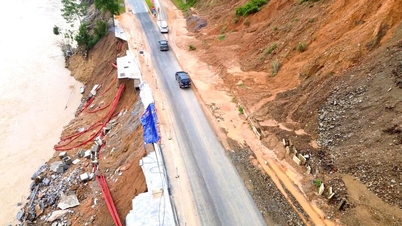



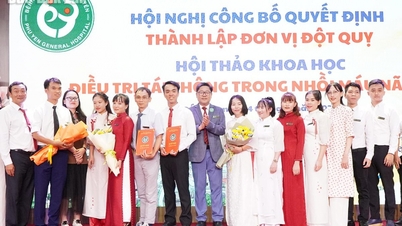
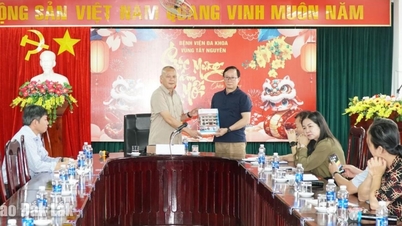
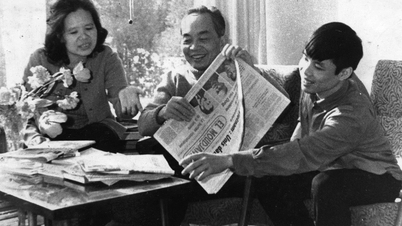

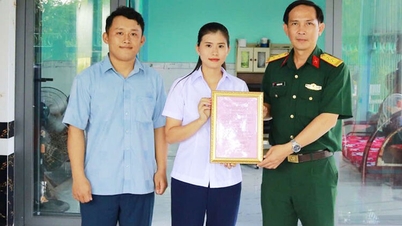






Comment (0)